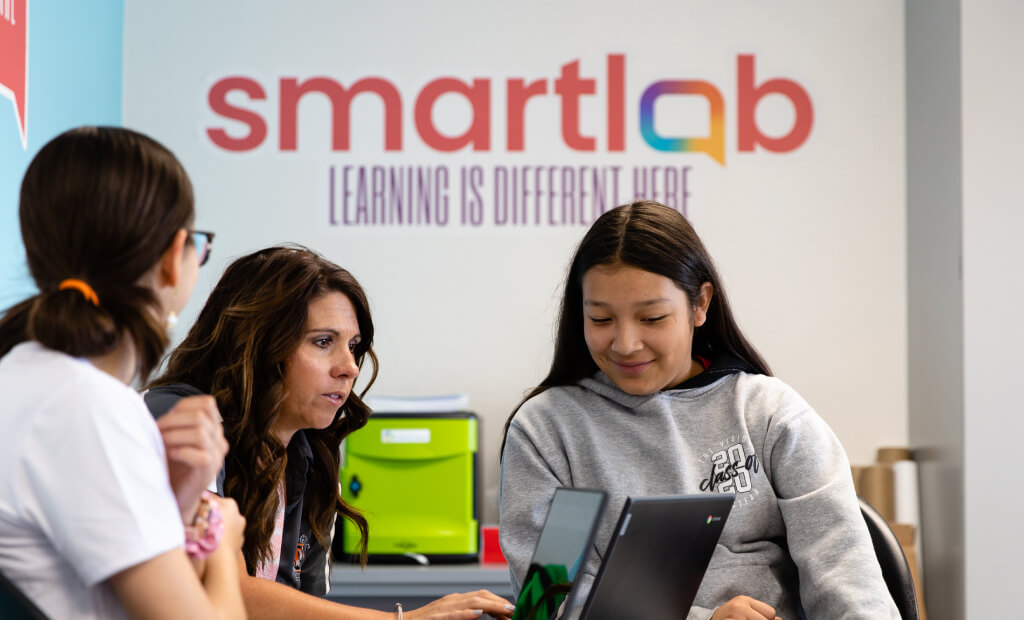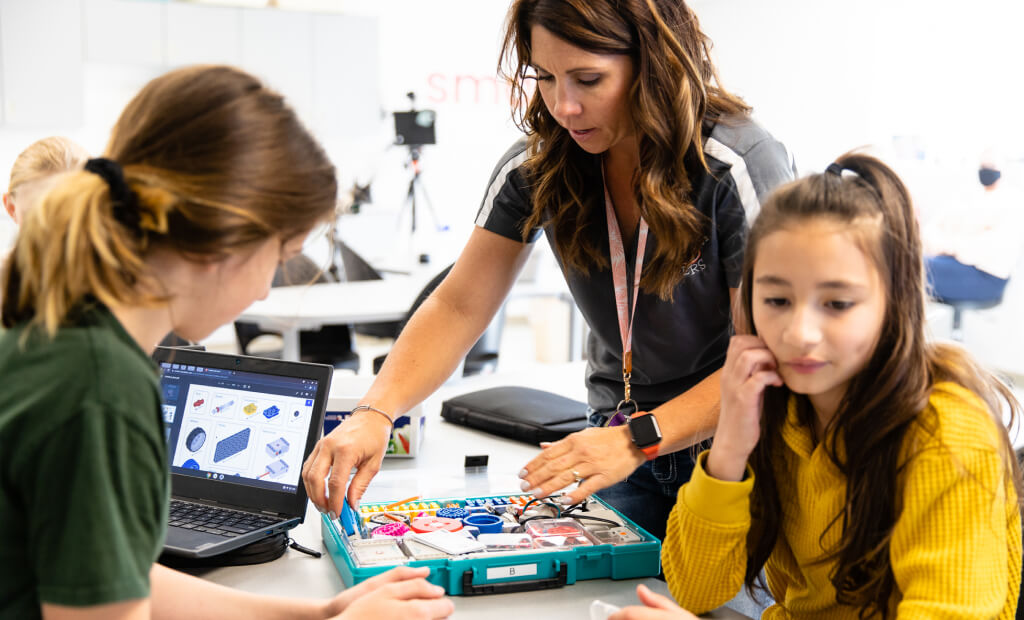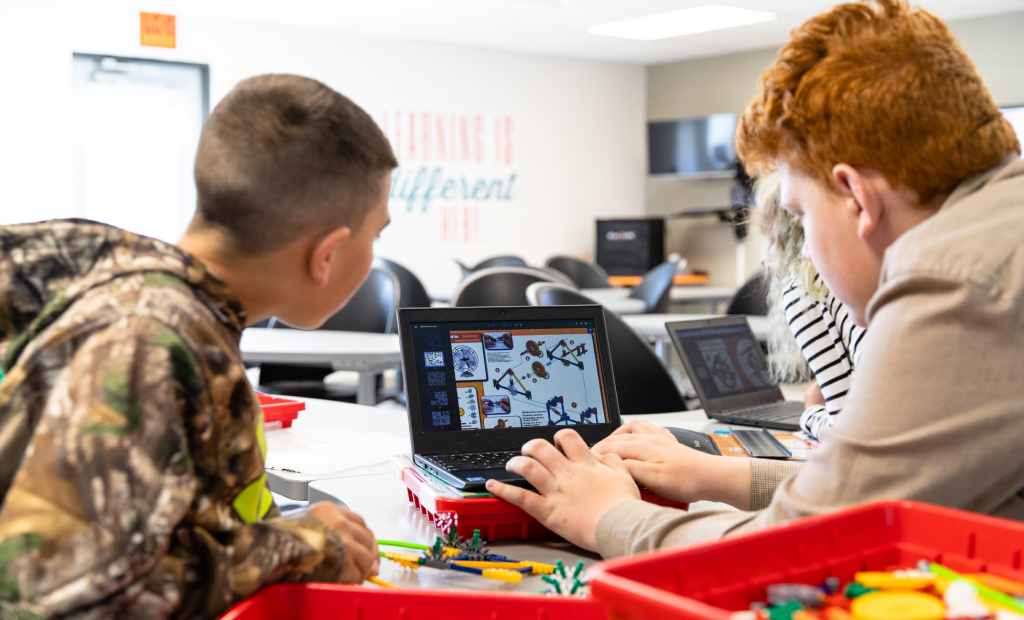An Educator’s Guide to 21st-Century Skills
Embracing the challenge of preparing learners for the 21st century isn’t new for educators — it’s a conversation that’s been ongoing for nearly 20 years. The exciting part is that — despite the tremendous disruption in American education — today’s students find themselves in a world where personal and professional skills are in constant evolution and the possibilities are endless. Uniquely positioning educators to guide and equip learners for long-term success.
This post explores the concept of 21st-century skills, the vital role they play in education, and how educators and administrators can prepare learners for success in meeting the evolving demands of the modern world.
What are 21st-century skills and why do they matter?
“In an era where technology permeates nearly every aspect of our lives, it is imperative that students become informed consumers and creators, not merely users.”
—2023 State of Computer Science Education Report: Code.org Advocacy Coalition, the Computer Science Teachers Association (CSTA), and the Expanding Computer Education Pathways (ECEP) Alliance
The consensus around 21st-century skills is that they “help people to efficiently and effectively cope with the rapid and emerging unpredictable changes” in all aspects of modern life, including “information technology, communication, social and economic systems, and educational systems.” These abilities, competencies, and skills go beyond traditional academic knowledge and are meant to prepare learners for continuous learning and the constantly changing demands of the job market.
As society becomes increasingly interconnected and reliant on technology, nearly every industry faces regular disruptions of new tools, processes, and methodologies. The core element across all 21st-century skills and education is how they inform someone’s ability to enact and adapt to change as they move through college, the workforce, and adult life.
Examples of 21st-century education skills
“As educators, it is our job to prepare our students for the rigors of college and their careers. The current workforce environment is ever changing, which makes our job more challenging than ever before! We try to foster skills for jobs that our students will one day have, yet those jobs have not even been created.”
—Gary Baker, Principal
California Elementary School | Public | California MO
The exact definition of what constitutes a 21st-century skill is rather broad. At least six U.S. states (CA, ID, KS, NE, NJ, and PA) have college and career readiness standards or 21st-century skills. However, across different standards, there are common frameworks of 21st-century skills that organize them into “deeper learning skills” that are composed of a mix of “soft” and “hard” skills. These include:
- Learning and Innovation Skills — Skills which determine how students acquire knowledge, approach problems, and gain new skills. This includes problem solving, critical thinking, creativity, initiative, and motivation.
- Intra- and Interpersonal Competencies — How learners engage with others and manage their own lives. These competencies can consist of teamwork, collaboration, ethical and moral leadership, cultural sensitivity, personal responsibility, and self-management.
- Information, Media, and Technology Skills — How students navigate today’s digital world and make use of modern tools and systems. This constitutes their familiarity and knowledge of technology, digital communications, and media literacy.
- Life and Career Skills — Skills and knowledge that are applicable beyond the classroom and are useful throughout a learner’s adult life. This can include (but isn’t limited to) financial literacy, environmental literacy, civic literacy, flexibility, and adaptability.
The first and second frameworks are also often organized under the “4Cs” of creativity, critical thinking, collaboration, and communication. However we choose to organize them, it can be helpful to think of 21st-century skills as complex, human-interactive, and non-routine.
How you can prepare students for the future
Part of the challenge for administrators, instructors, and teachers alike is how to effectively teach these deeper learning skills in a manner that supports the school curriculum to prepare learners for college and future careers. Rather than having to make time to teach life skills or design separate lessons around critical thinking, there are ways of naturally teaching 21st-century skills in the classroom.
Let’s look at three strategies, which can be applied from early childhood education through high school: Designing the classroom environment, taking a constructivist approach to education, and making thoughtful use of resources.
Design the classroom environment to support 21st-century learning
If we’re to help students develop 21st-century skills like creativity, critical thinking, collaboration, and communication, learning can’t be passive. Students need to be engaged with their work as active participants. This means the traditional teacher-centered classroom isn’t always going to fit.
There are two principles for placing students at the forefront of their learning:
- The layout should encourage collaboration. This means providing sufficient work space to facilitate working in small groups and ensuring there’s enough room for learners to move about and collaborate with their peers. Also, all resources should be accessible to students to encourage creativity, initiative, and critical thinking skills as they discover ways to incorporate materials.
- Provide students with access to real-life tools and technology. The more that learners are exposed to real tools and processes, the more comfortable they’ll be as they advance in their education. Even elementary students can be engaged in seemingly advanced concepts such as coding or robotics with appropriate oversight and support.
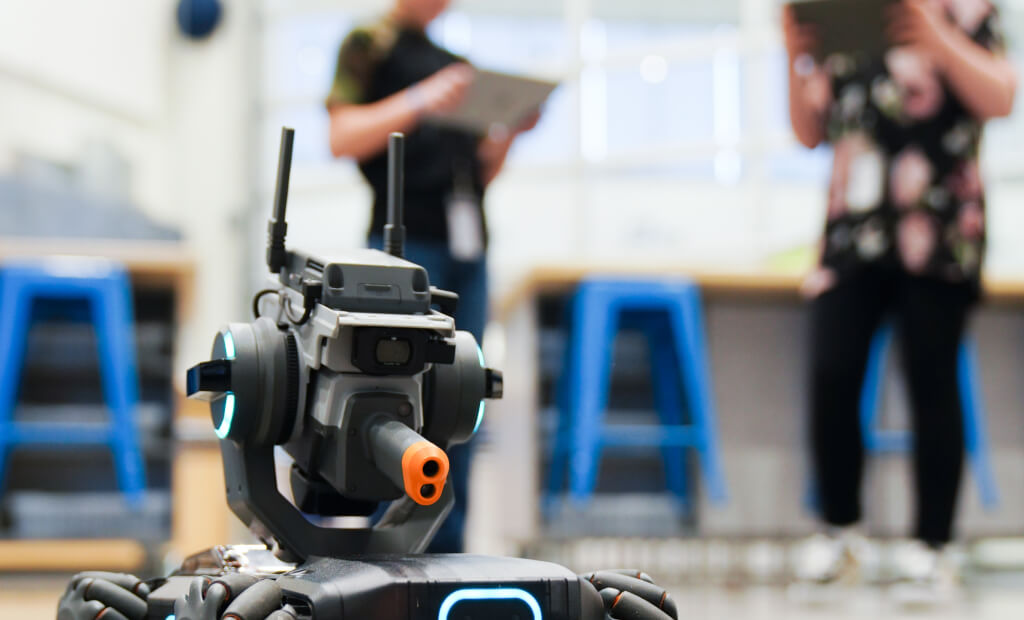
A learning environment that encourages collaboration and access to real-world resources and tools is closer to what learners will experience in the real world. Creating these environments is essential for fostering 21st-century skills.
For example, to ensure that all SmartLab environments adhere to principles of student-led, project-based learning, we employ five guiding principles so that learning can be:
- Engaging — Learners have hands-on, project-based learning experiences that support and reinforce academic content.
- Empowering — Learners own their learning and approach challenges with creativity through a student-led process that teaches them to solve problems and make decisions, extending into navigating their life.
- Experiential — Learners have age-appropriate, pre- and professional tools they can use in real-world settings.
- Personalized — Learners engage with open-ended content and experiences that are designed to connect to what they know and care about. This provides them greater agency and encourages them to be proactive with their own learning.
- Collaborative — Learners work together to make meaning of facts, develop communication skills as they present their learning, and creatively solve problems.
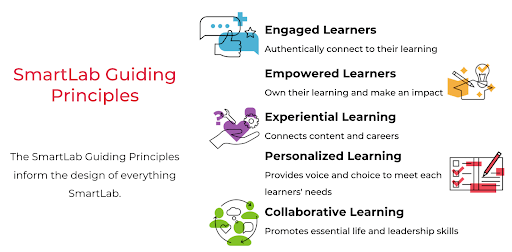
Designing 21st Century Learning Spaces
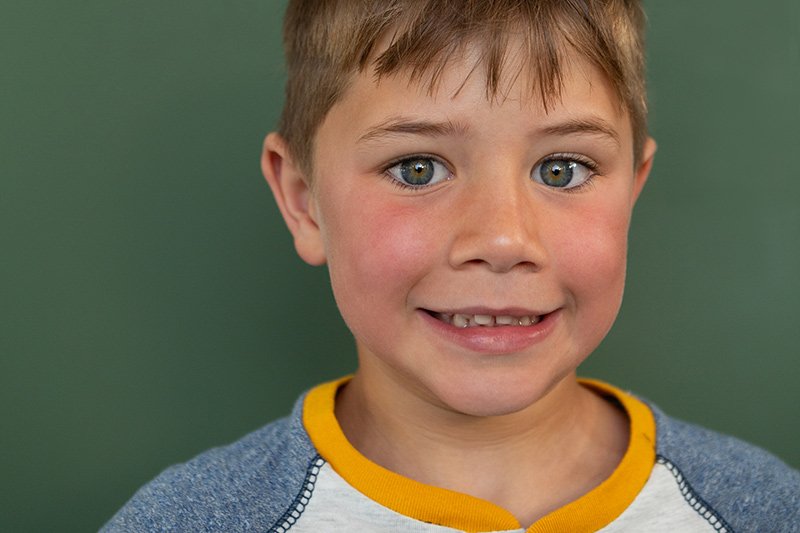
For more detailed information on best practices in designing a student-centered space, see our full guide on How to Design Spaces for 21st-Century Learners.
Implement a constructivist approach to learning
Research and studies by educational theorists such as Piaget and Vygotsky show that students learn best with a diverse, hands-on approach that accommodates the different ways students learn. A constructivist approach empowers learners to better meet the demands of the 21st century — from their education through to their careers and even the challenges of day-to-day life.
Constructivist pedagogy works best when it adapts to the social processes, cultures, materials, conditions, and context that inform a classroom. That’s why in constructivist theory, the educator plays a dynamic role: they act as a coach, facilitator, and mentor who observes students’ processes, provides feedback, and assesses student learning.
There are numerous recommended approaches within constructivist pedagogy that can cultivate 21st-century skills, including:
- Presenting real-world scenarios for students to identify and solve issues
- Leveraging learning beyond the classroom by working with the community
- Teaching respect for others and resilience in the face of challenges
- Instilling the value and skill sets necessary for collaboration
- Emphasizing digital literacy and digital citizenship
Project-based learning (PBL) is a particularly powerful constructivist approach that promotes a natural progression of learning that immerses students in authentic, interdisciplinary tasks, mirroring the dynamic nature of professional environments. It is designed around the essential skills of adaptability, complex communication, non-routine problem solving, and self-management — with instructors acting as facilitators rather than disseminators of knowledge.
The SmartLab Learning Process is built around PBL and constructivist pedagogy. It is an action-driven, repeatable process where students:
- Explore — Explore technology, gather information, and learn how it works
- Plan — Plan a project by setting goals and identifying the steps to reach them
- Do — Do the project through rigorous experiential hands-on applications and refinement
- Reflect — Reflect on their work throughout the project, their progress, and their goals
- Share — Share and celebrate their learning as they describe what did and didn’t work

Learn more about the SmartLab Learning Process and how it can empower and engage learners.
“We wanted a program that was focused on 21st-century skills that would align with our mission for educating our young women. The [SmartLab] will provide a great deal of flexibility so that students can find projects that align to their personal interest and… will help support our desire for teachers to do more project-based learning.”
—Dr. Tracy Bonday, Head of School
Ursuline Academy | Private | New Orleans, LA
Make thoughtful use of available resources
Designing the learning environment and employing constructivist approaches such as PBL does require some level of access to 21st-century tools and resources. This doesn’t apply only to what learners have access to, but also to the resources instructors can use to develop the curriculum and better connect with students.
Obviously, not every school has access to the same resources, but here are some recommendations on how to make effective use of what’s available — as well as examples of how SmartLabs optimizes resources.
- While one-to-one learner devices are beneficial, classrooms can still employ technology through shared devices, interactive whiteboards, projectors, and computer labs. Teachers, considering the SAMR model, can intentionally aim to transform learning experiences by integrating educational apps, online resources, and collaborative platforms. Designing activities and projects around groups and pairs not only allows learners to share access but also provides an opportunity to elevate their communication and collaboration skills.
For example, in a SmartLab environment 1:1 device pairing isn’t the priority; rather, the experience is designed to focus on skill outcomes. Pairing students up to share devices as they work on projects positions them to practice communication and collaboration. - Integrating 21st-century skills and technology training into sustained professional development programs can ensure that instructors and staff are supported in modeling and creating opportunities for these skills with the tools and resources available. Resources such as Title II funds can be allocated for job-embedded professional development training and participation in workshops to improve teacher effectiveness.
Whenever we install a SmartLab we also provide teacher-facilitators with personalized professional development and PBL materials and projects. This structure is designed to engage facilitators in the structures and practices their students will learn and use. - Find ways to utilize readily available classroom technology and other free resources to collect artifacts of learning that can showcase the development of 21st-century skills. Setting benchmarks, analyzing progress, and providing targeted feedback can support learners in growing and developing 21st-century skills.
For example, the LearningHub platform provides educators with data on learners’ usage and skill progression. Educators even get regular updates as students self-evaluate throughout the SmartLab Learning Process. - If you need to update existing technology or purchase new resources, you can also explore ways of securing additional funding, such as applying for different education grants.
ESSER funding can also be a helpful resource. Look for guides on effective and impactful ways to spend ESSER funding to implement project-based learning and support STEM curriculums.
“By moving beyond textbooks and theory, investing in SmartLab HQs technology gives students a chance to succeed in an ever-changing, fast-moving environment while fostering essential skills such as communication, flexibility, creativity, and collaboration. We’re equipping students with the tools, resources and confidence to adapt to new technology and ideas that push the world forward.”
—Travis Brantingham, Head of School
The Principia School | Private | St. Louis MO
SmartLab case study for 21st-century skills
“SmartLab HQs allow students to diversify their skills, so they’re better prepared to tackle 21st-century challenges. Investing in SmartLab HQ technology has been an incredible step forward for innovation at our school.”
—Dr. Peter Dry, Assistant Head of School
The Principia School | Private | St. Louis MO
The SmartLab learning environment is designed to engage students with a comprehensive PBL-centered STEM learning environment and hands-on, experiential learning that helps foster the development of 21st-century skills. Here is just one example of a program that has helped prepare students for the careers of tomorrow.
Jewell Houston Academy: Going Beyond STEM to Teach Essential Skills
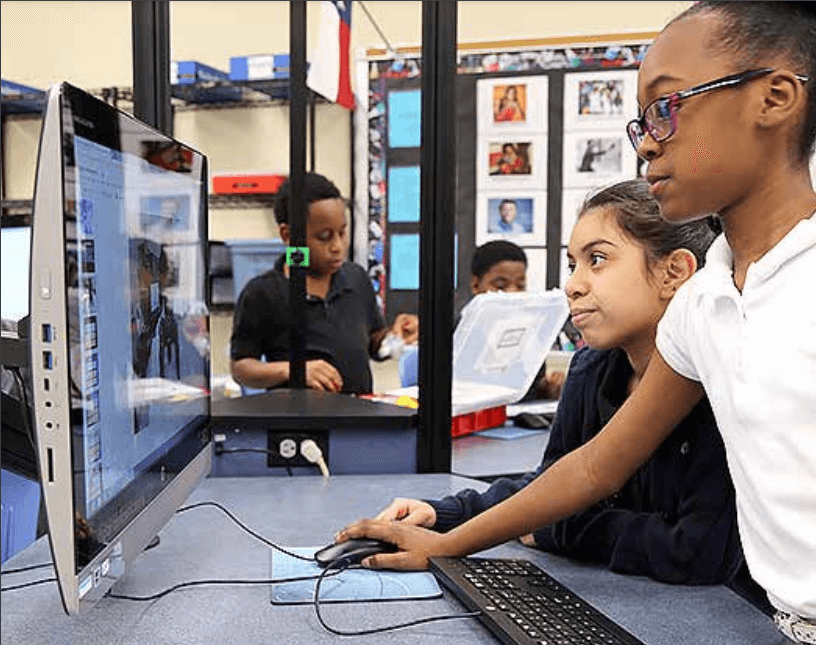
Read the full case study to see how implementing a SmartLab HQ allowed Jewell Houston Academy to not only engage their students in learning STEM career skills but also teach conflict-resolution, problem-solving, collaboration, and communication skills.
Today, college and career readiness means ensuring that every learner graduates high school with a fundamental academic knowledge base, a robust set of deeper learning skills, and a post-secondary pathway to developing the technical skills for jobs that may not even exist yet. If we as instructors and administrators are not implementing 21st-century strategies or exposing students to this way of learning, then we’re not setting them up for success.
The thoughtful use of technology, combined with intentional classroom design and a constructivist approach to learning can ensure that students and instructors can succeed well into the 21st century.



